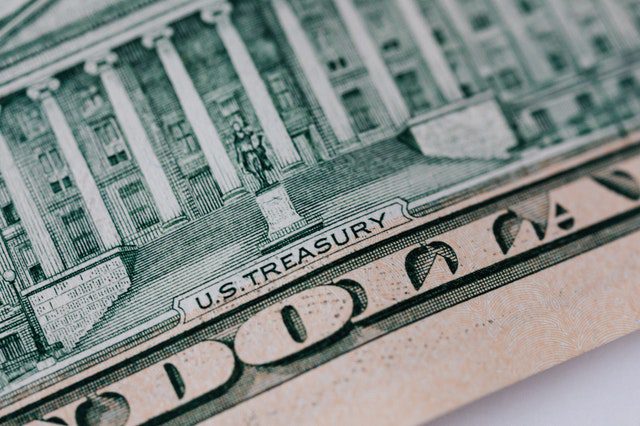With disinflation and a major correction happening in the equities market, bonds are entering everyone’s scope of interest recently. While they might be a less popular cousin of stocks, they’re still an important part of investment portfolios, and especially in the current economic climate, are well-worth understanding.
- Stocks make you a shareholder, owning part of the company, with returns dependent on the market.
- Bonds make you a lender, with stipulations on repayment and guaranteed interest based on investment.
- Bonds are less risky due to borrower’s obligation to pay back, while stocks are subject to market fluctuations.
- Bond value may change, but on average, bonds yield approximately 5% annually.
These vehicles always entail a regular amount paid back to the investor, which is called the coupon rate.
The bond has a 5% coupon rate, paying the investor $50 annually for 5 years. At maturity, the investor receives the initial $1000. The total amount earned is the “yield to maturity.”
While the amount that they pay is fixed, their current price can shift during the time that an investor is holding onto it.
The current yield of a bond is the coupon rate divided by its current price. The coupon rate remains constant, but the current yield can vary based on the bond’s price. For example, if a $1000 bond with a 5% coupon has its face value drop to $500, the investor receiving $50 interest will have a 10% current yield based on the new price. The initial bondholder can sell it to others or be repurchased by the borrower for various reasons.
The coupon rate is dependent on two main factors: the credit quality and the time to maturity
- Issuers with poor credit ratings face a greater risk of default and higher interest rates.
- Credit functions similarly for banks, individuals, and corporations with credit ratings from Standard & Poor’s, Moody’s, and Fitch ratings.
- Bonds with long maturity dates have higher interest rates due to increased inflation and interest rate risks.
- US Treasury bonds are considered safe with virtually no risk of default.
- Corporate bonds can have varying levels of risk: high-yield bonds have a high risk of default, while investment-grade bonds have lower risk.
- Interest rates on bonds are proportional to their risk: higher default risk leads to higher interest rates and returns, while lower default risk results in lower interest rates.
- Municipal bonds are issued by states and municipalities.
- Agency bonds are issued by government-affiliated organizations like Fannie Mae.
The reason that they are entering the investment discourse again after leaving the stage for a while is because they are known for having prices that vary inversely with interest rates. When interest rates go up, as they are slated to do this year between tapering and other shifting economic situations, bond prices fall in order to equalize the interest rate on the bond.
If you’re considering diversifying your portfolio but don’t know where to begin, reach out to us. We are eager to help you make the most of your investments and love demystifying financial concepts for our clients. Learn more about our investment management services and Sean’s process, and then send us a note at info@nestfinancial.net.
Find us on:
LinkedIn Facebook Yelp Twitter
DISCLAIMER: We are legally obligated to remind you that the information and opinions shared in this article are for educational purposes only and are not financial planning or investment advice. For guidance about your unique goals, drop us a line at info@nestfinancial.net.






[…] ride of political showdowns and economic uncertainties. Initially designed to regulate government borrowing, the debt limit has morphed into a heated issue that reflects broader debates about fiscal […]